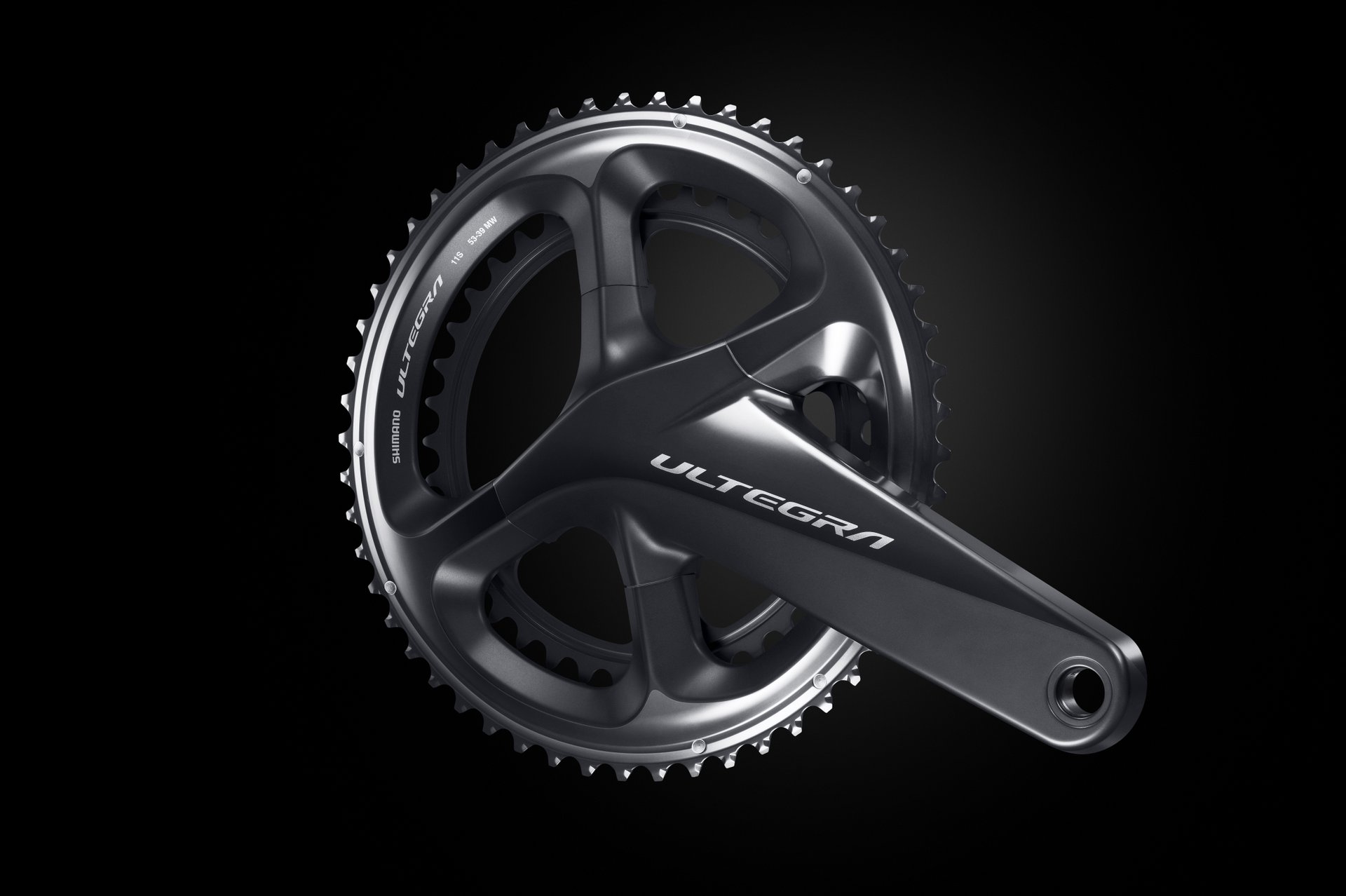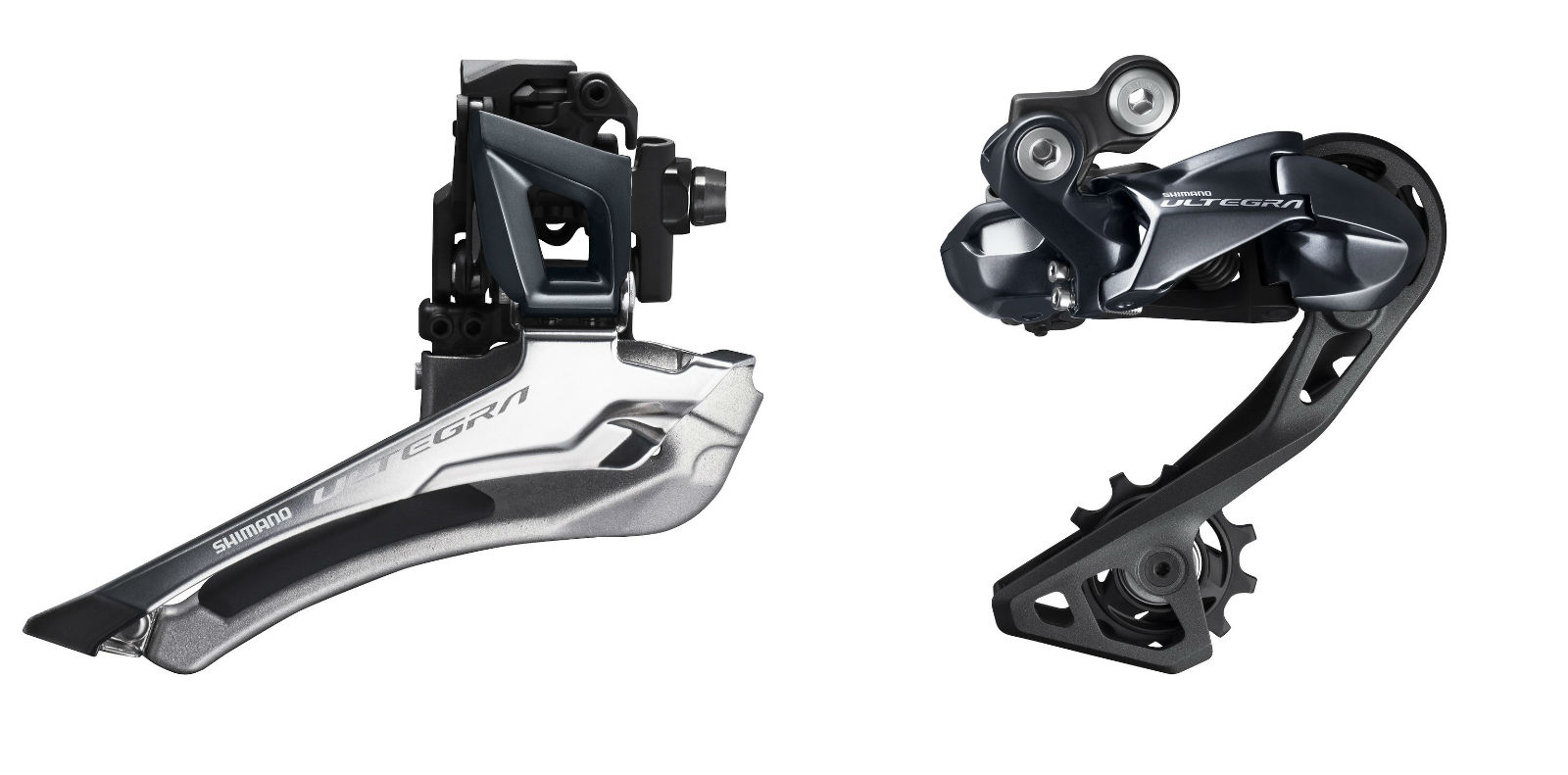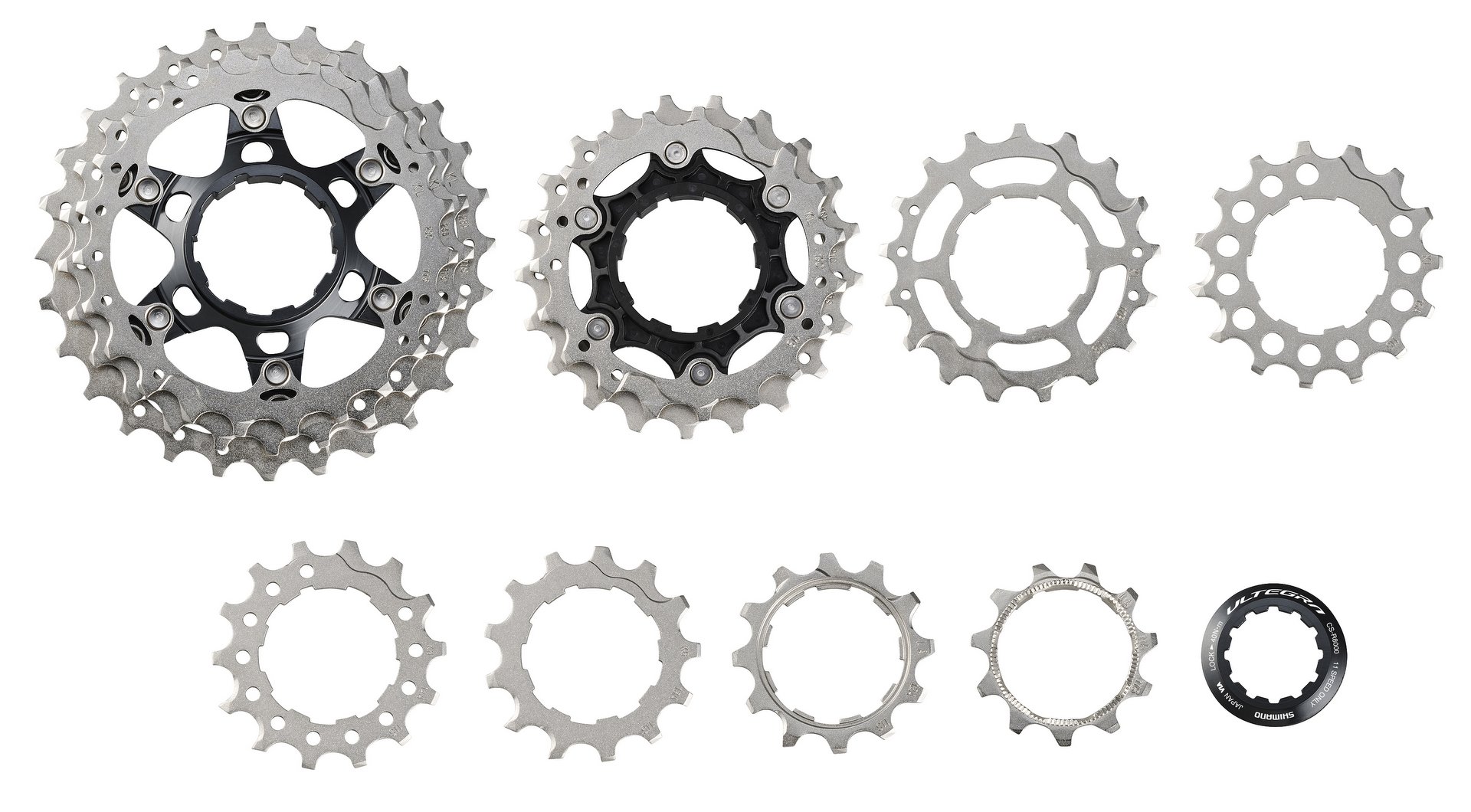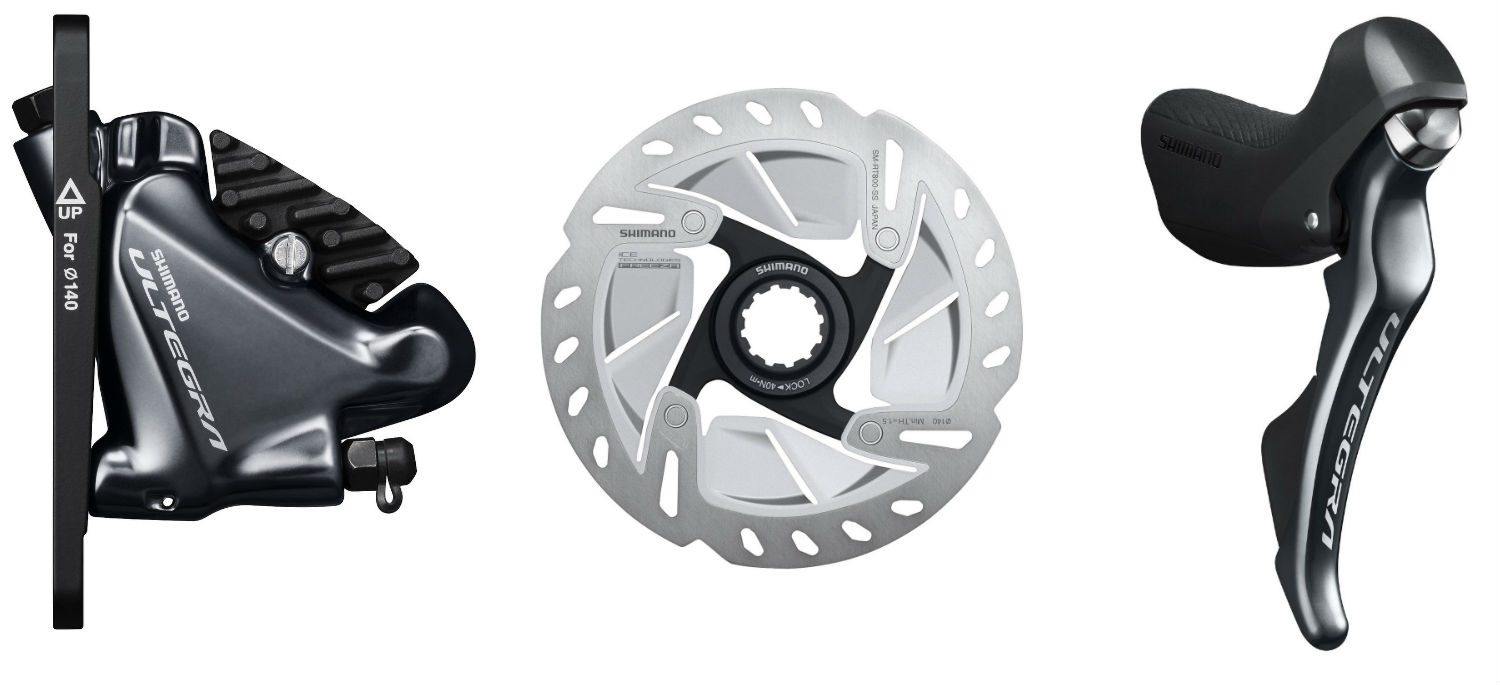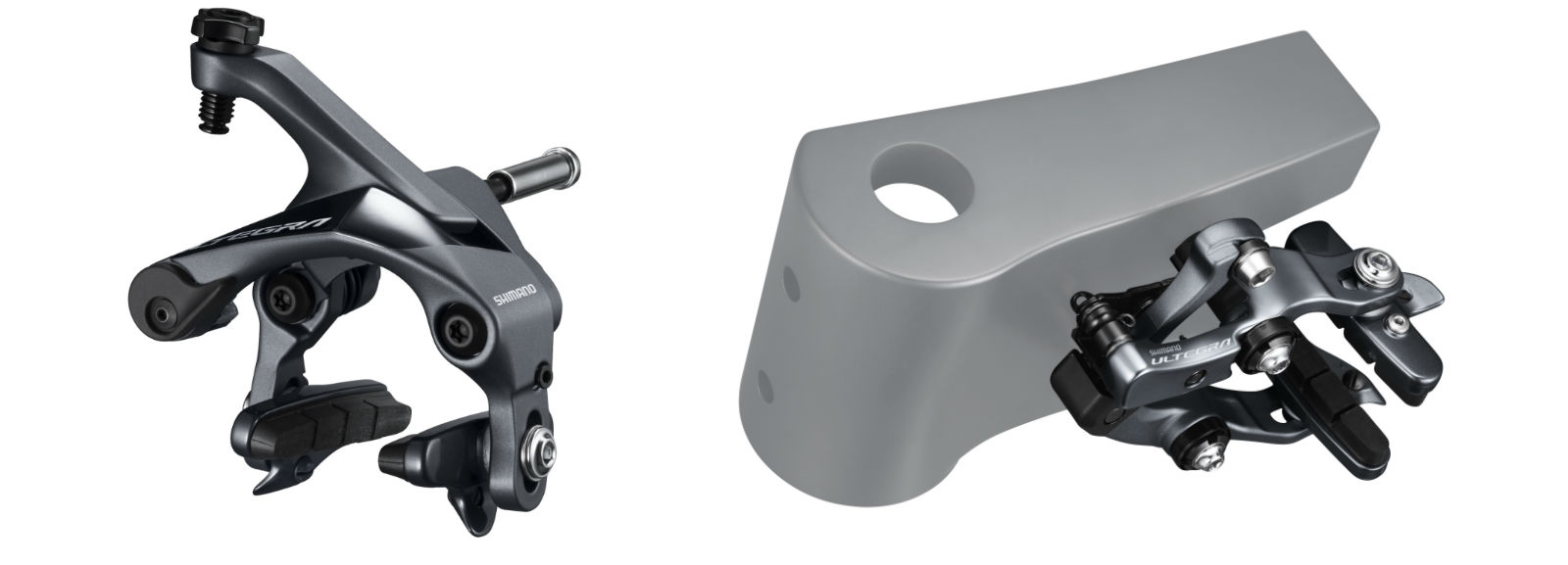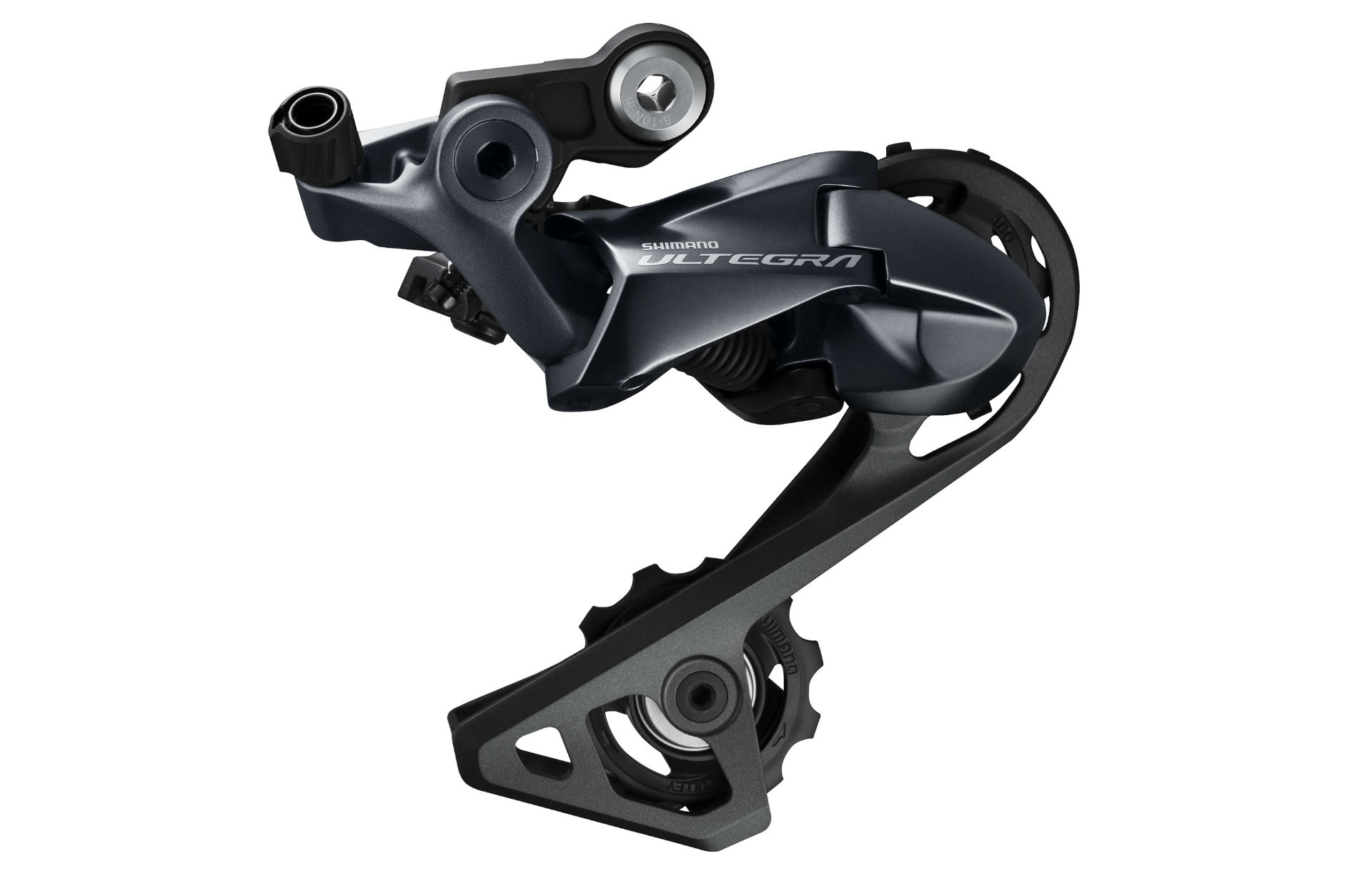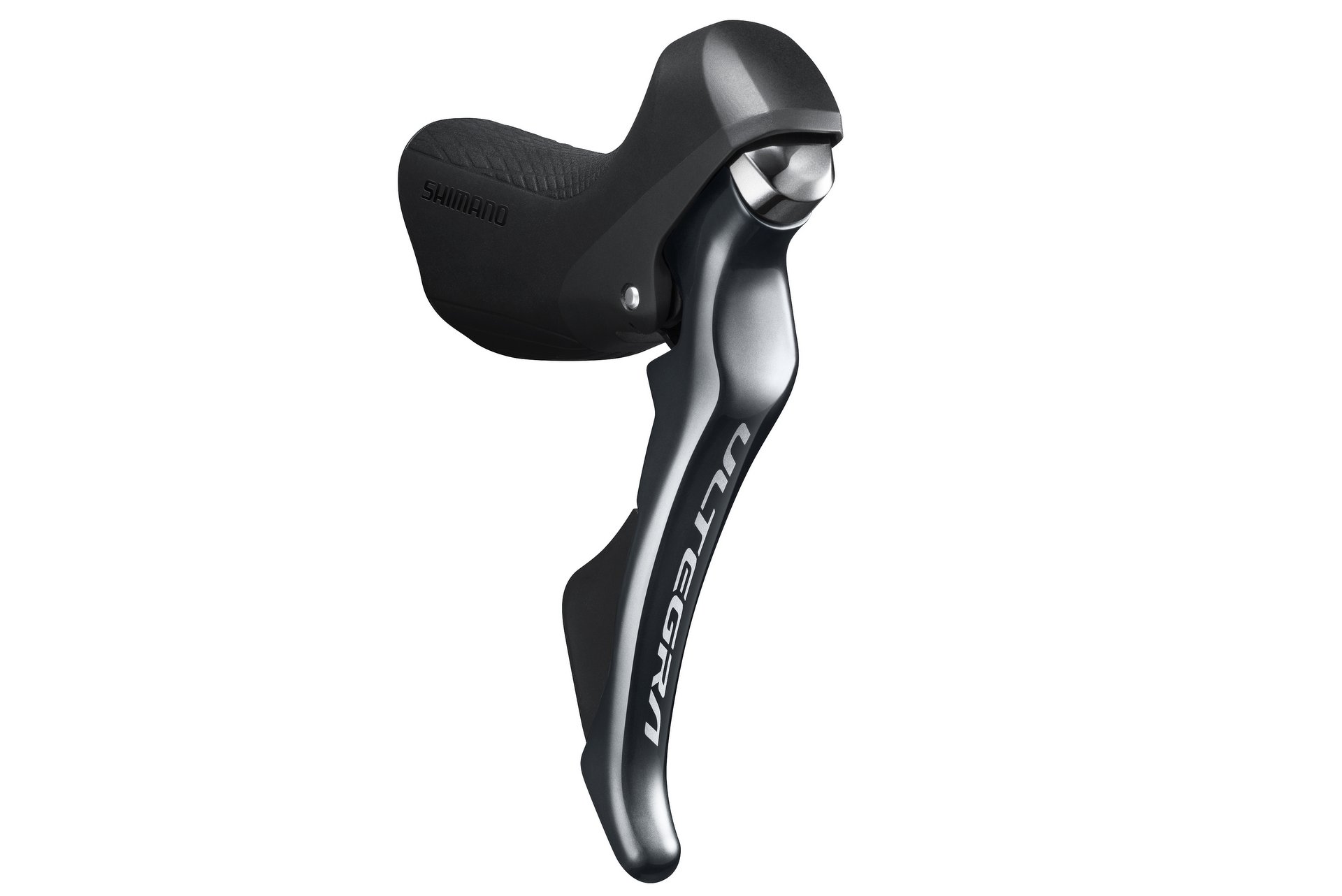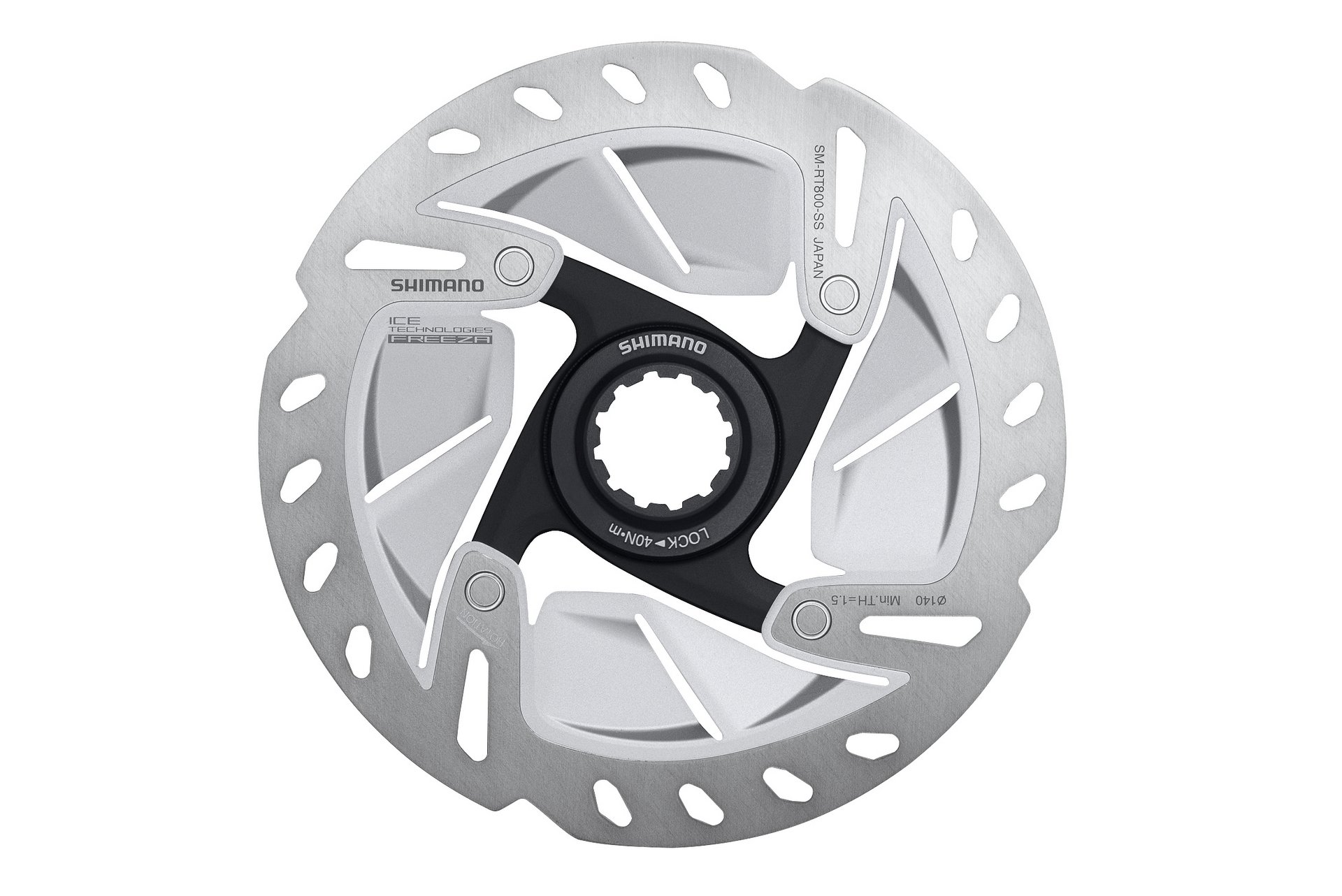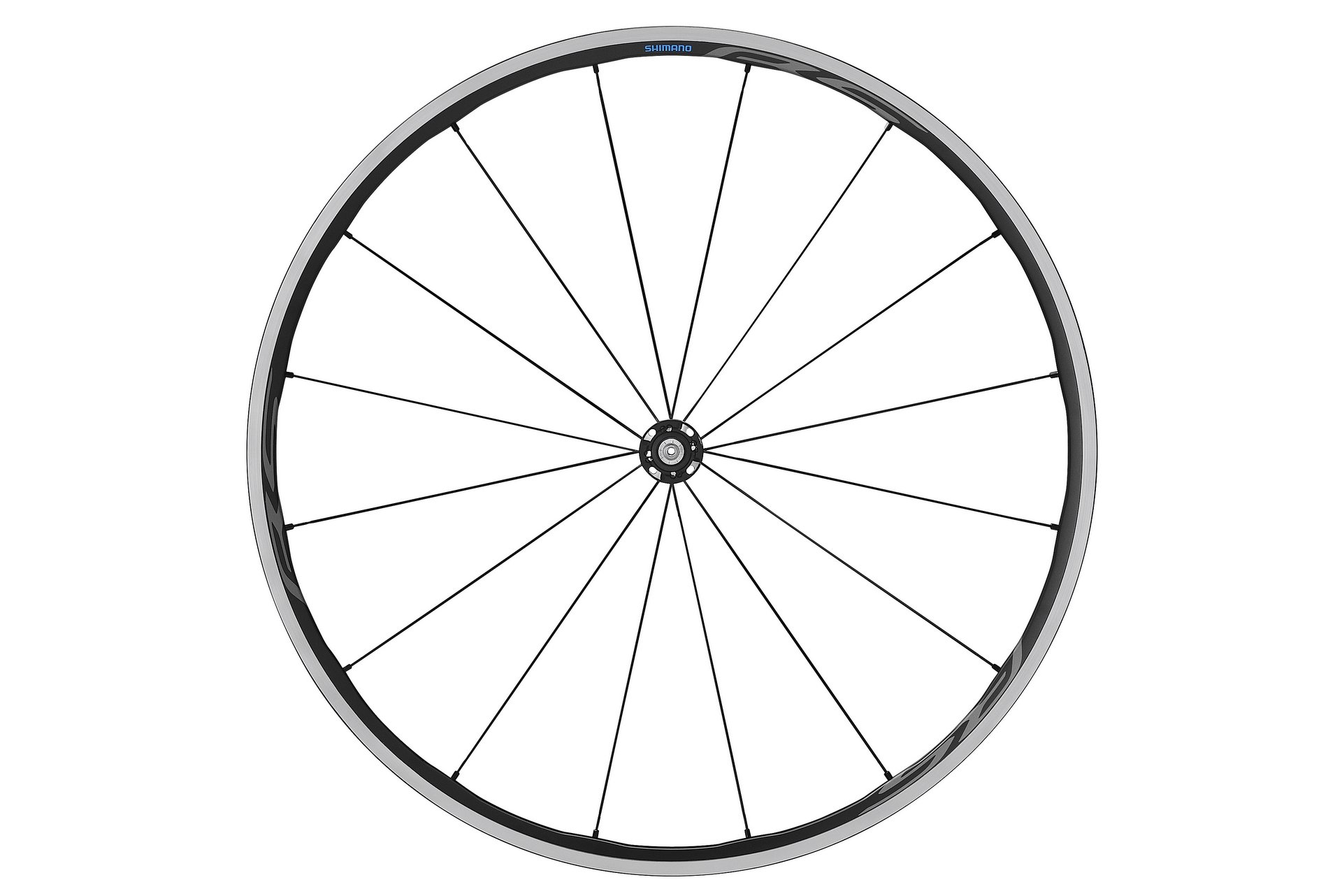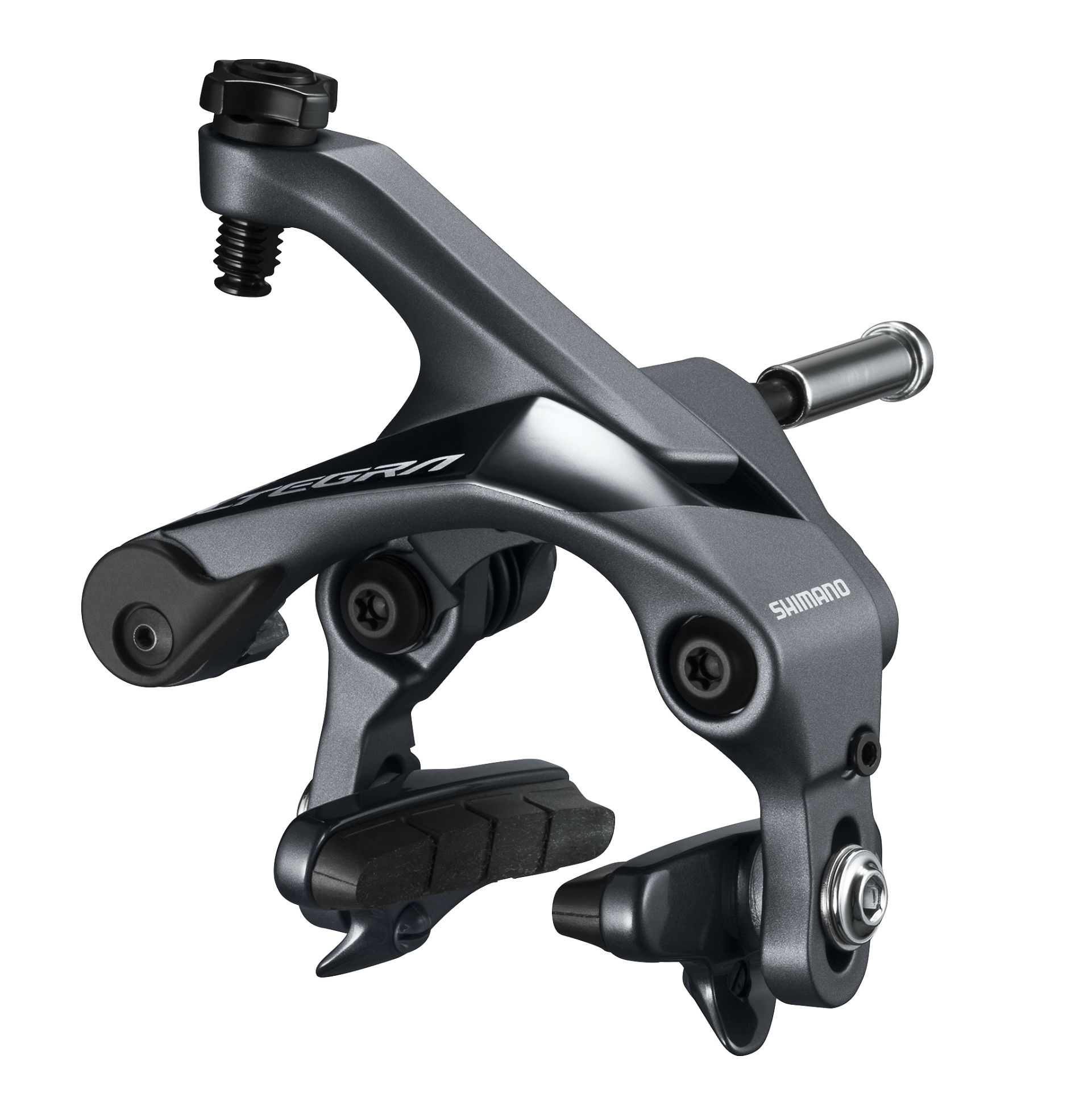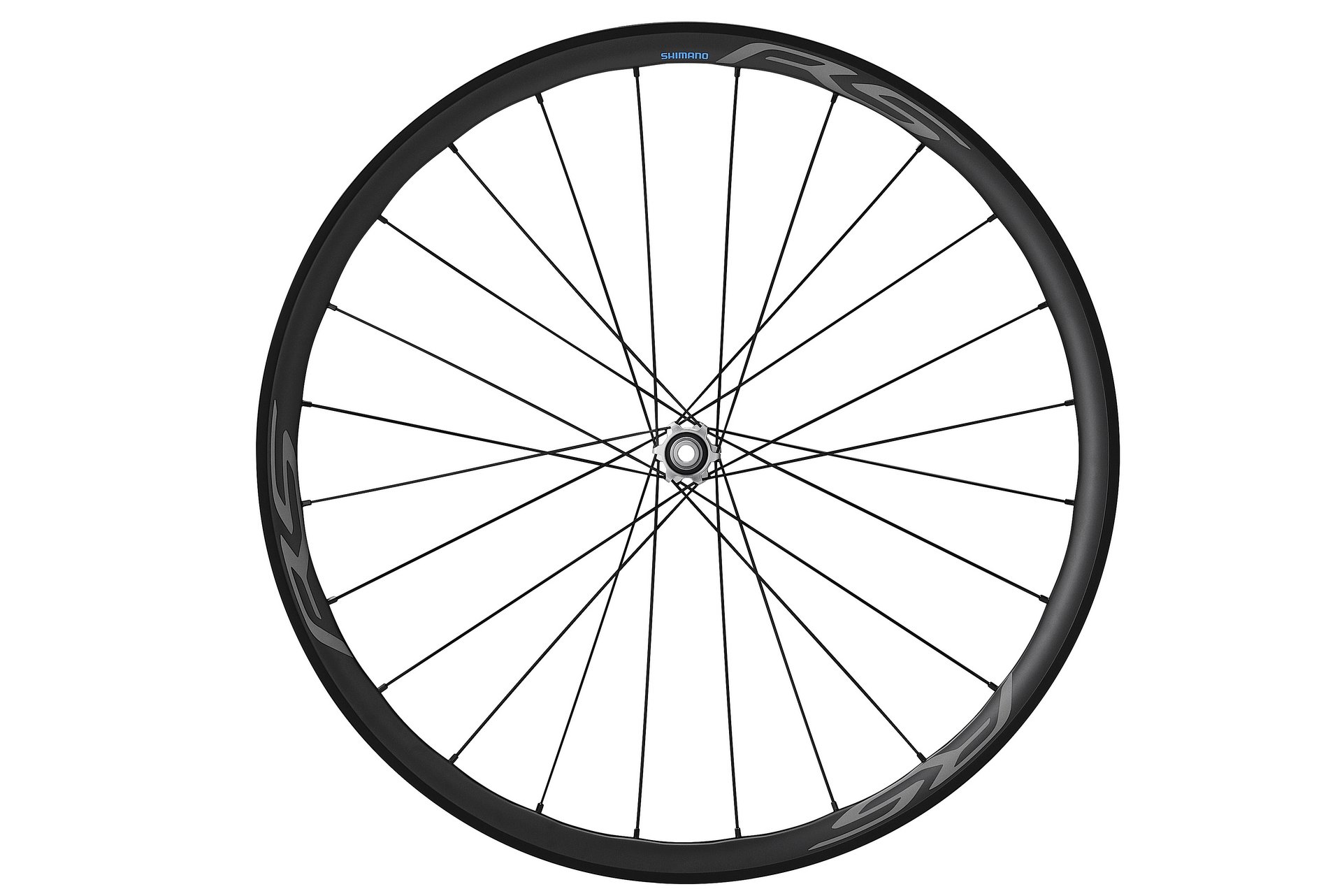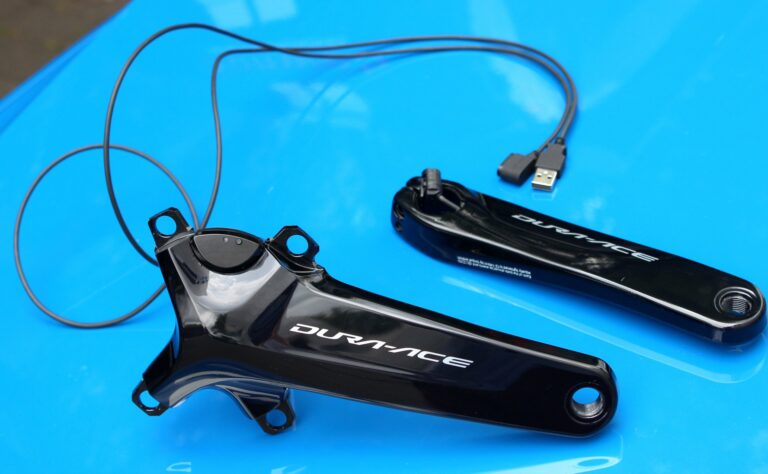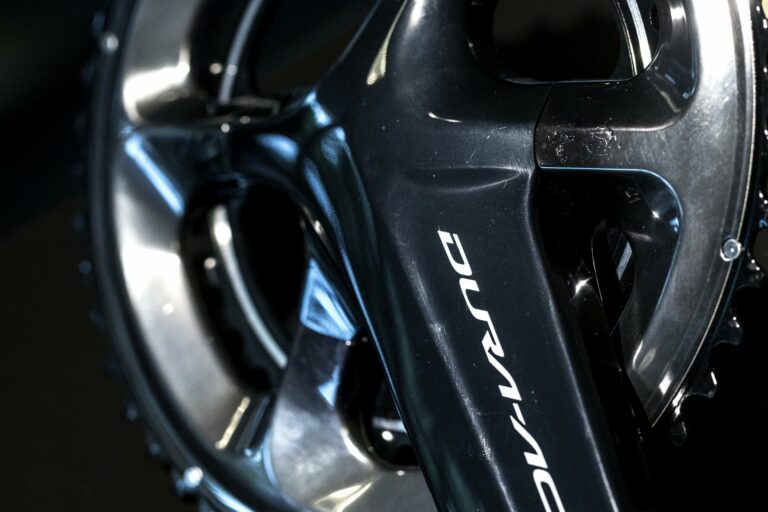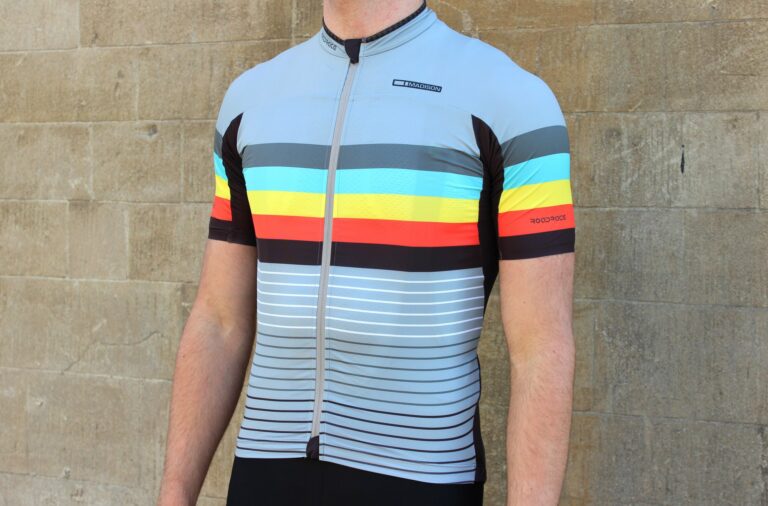Shimano have unveiled the Ultegra R8000 groupset, which gains a host of features first introduced on the flagship Dura-Ace R9100 groupset last year. Ultegra will continue to offer mechanical and electronic shifting, with the option of rim or disc brakes.
Shimano follow a familiar four-year product cycle so, with Dura-Ace updated last year, its no surprise to see Ultegra, which was last updated in 2013, get a makeover this summer. Next year? Well, expect the third-tier 105 groupset to get some attention.
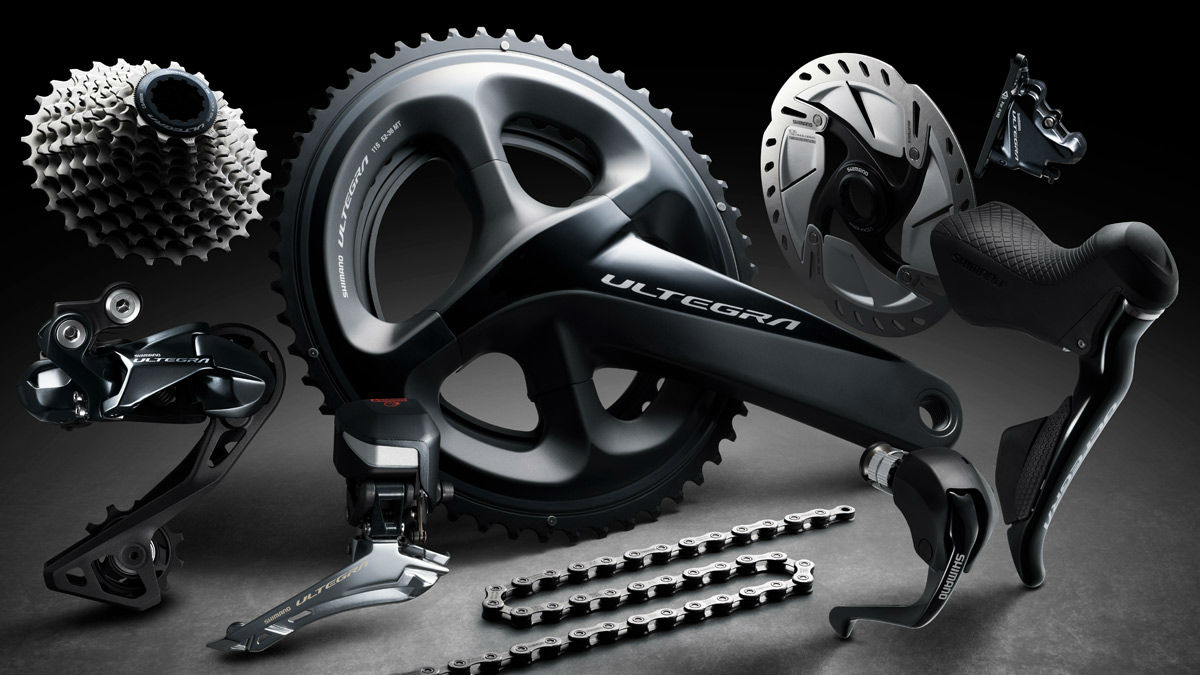
Let’s concentrate on the here and now, though. Key updates include dedicated Ultegra hydraulic disc brakes, a redesigned asymmetric chainset, a low-profile Shadow rear derailleur and the ability to run an 11-34t cassette. Shimano’s Ultegra-level wheels have also been updated, with rim and disc brakes options based around lighter hubs, while the new Ultegra pedals now offer lower weight and a reduced stack height.
Shimano say in its lightest configuration (Di2 with rim brakes), Ultegra R8000 weighs 4,071g, which is a 84.5g saving over the existing Ultegra 6800 in the same setup. By comparison, the new Ultegra gives away 505g to Dura-Ace R9100, again with Di2 and rim brakes.
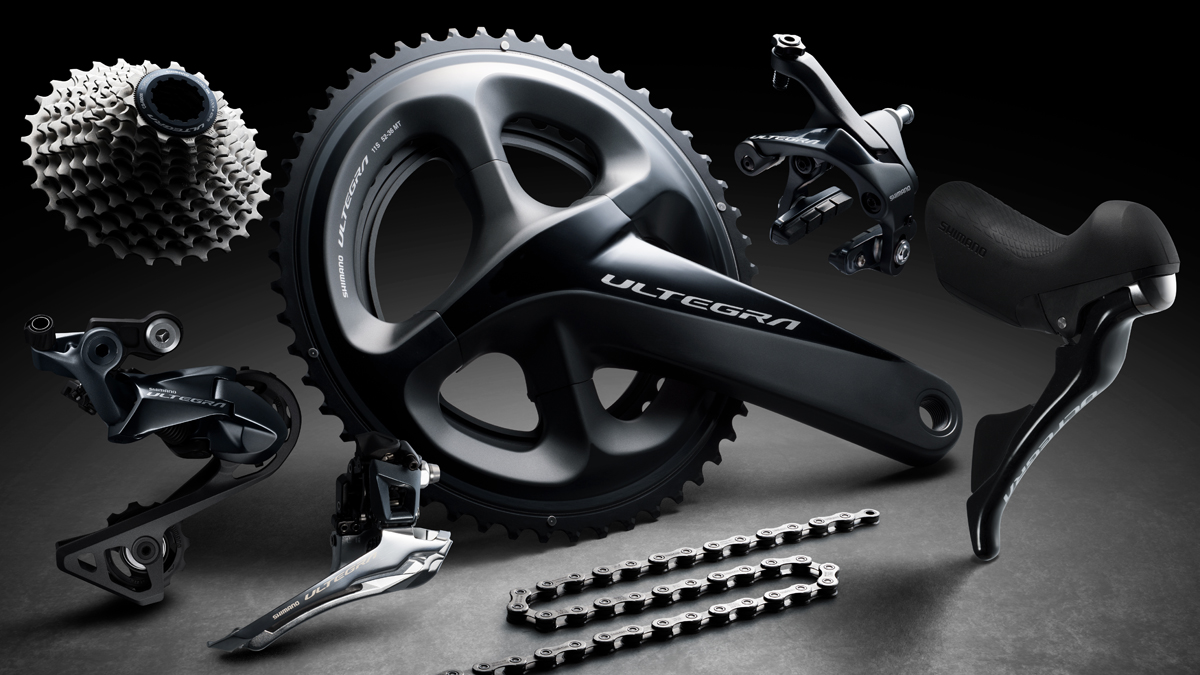
“The goal was to bring high end technology to a wider audience of riders,” said Shimano Europe product manager Tim Gerrits. “We wanted to offer high performance riding to the many types of road cyclist with a wide variety of products to serve the ever-growing road bike landscape.”
Before we get stuck in, let’s quickly cover Shimano’s naming conventions for the latest Ultegra groupset. R8000, as Ultegra is now broadly named, refers specifically to the mechanical rim brake setup. Otherwise R8050 is Di2 with rim brakes, R8020 refers to hydraulic components for mechanical shifting and R8070 covers hydraulic components compatible with Di2 shifting. Got that?
The mechanical rim brake groupset will be available from June, while availability for Di2 and disc brake components is slated for August.
Those are the key details, so now let’s take a closer look at each component, starting with the heart of any groupset – the chainset.

